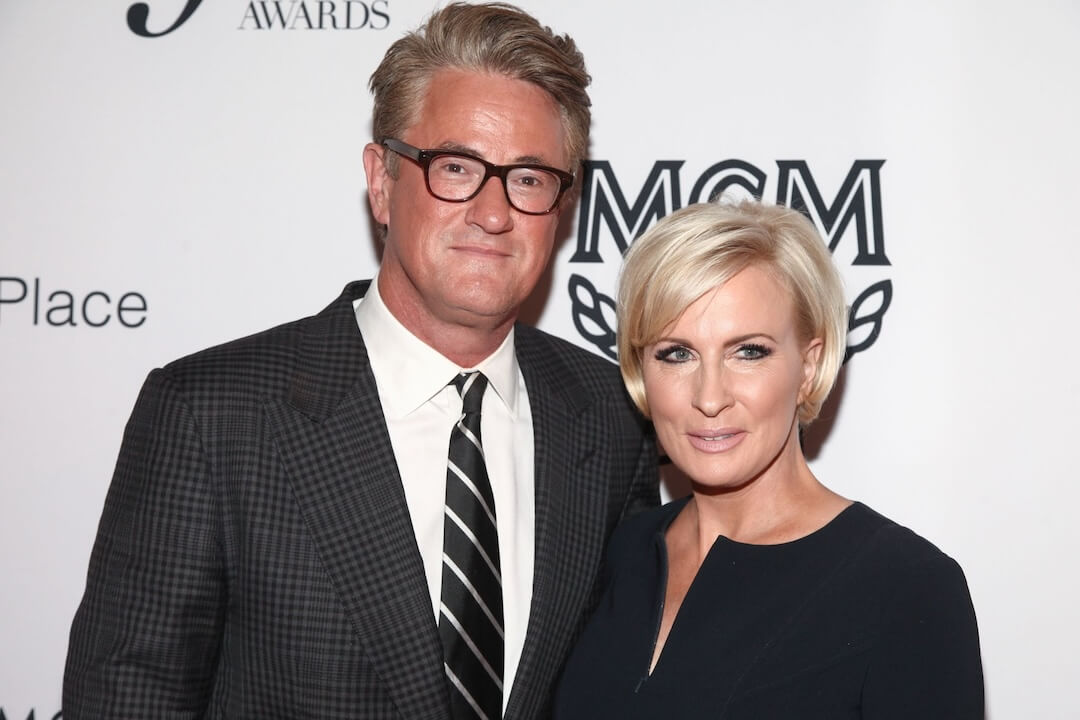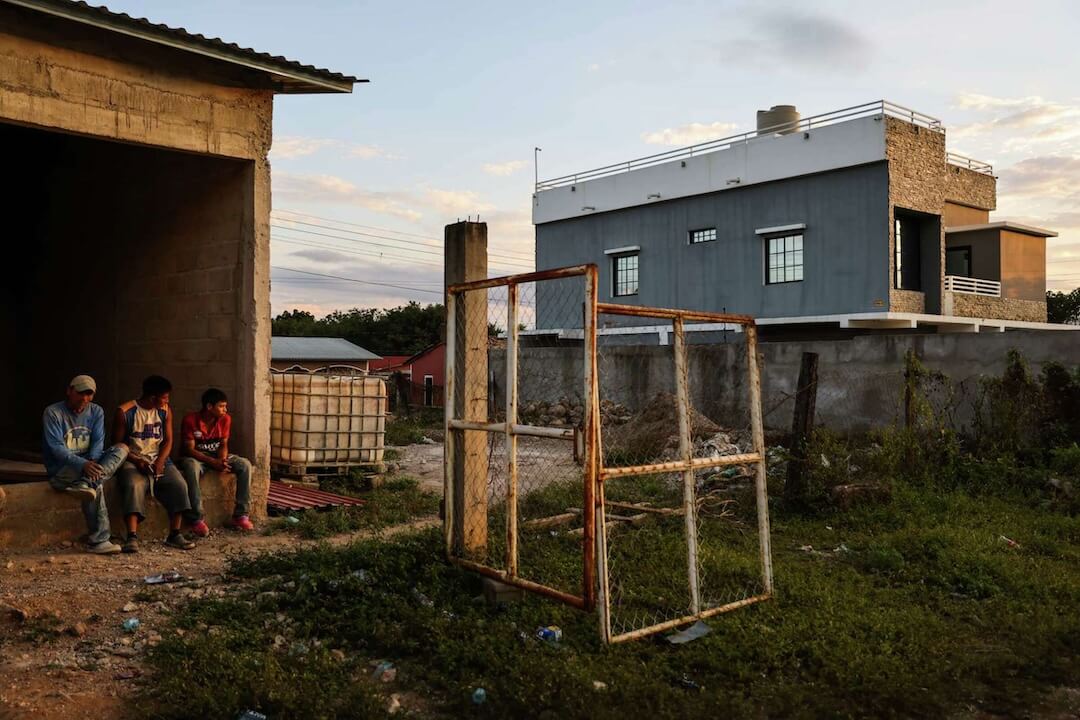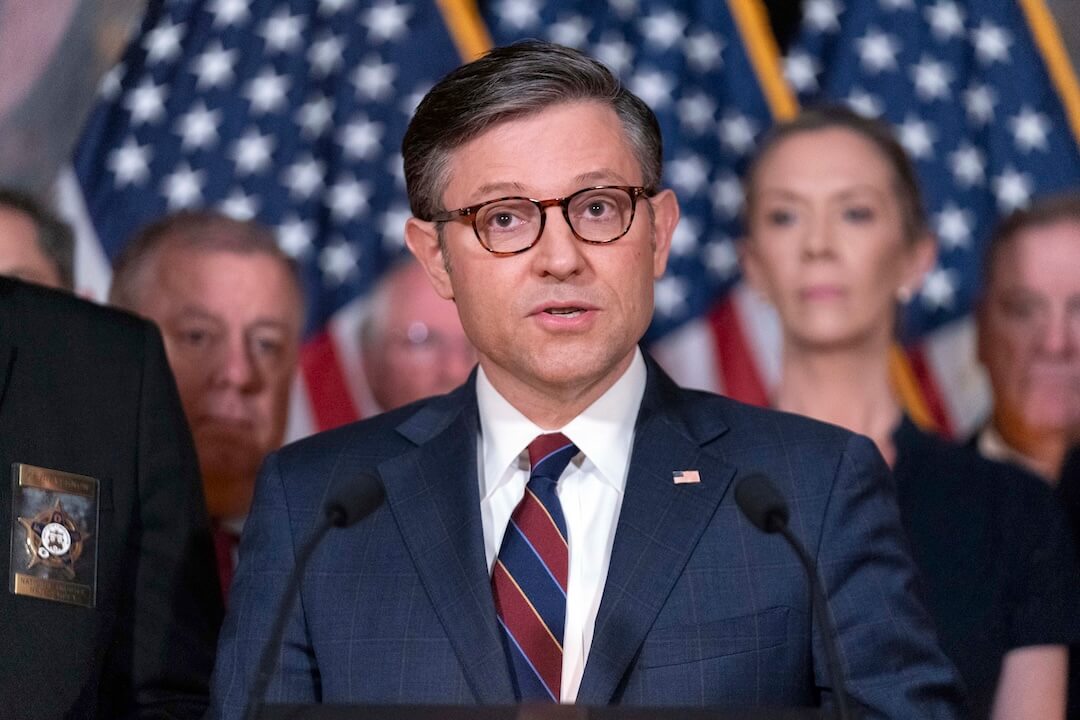This article was originally published on Northwestern University’s Medill Local News Initiative website and is republished here with permission.
More than a year after social-justice protests called attention to the lack of diversity in newsrooms, journalists report notable changes at their media organizations, including new training programs, hiring procedures and policies related to language used about communities of color, a survey shows.
Nearly four of every five survey respondents said the new efforts to promote diversity, equity and inclusion have positively affected the journalism industry, according to the survey by Northwestern University’s Medill School of Journalism, Media, Integrated Marketing Communications. The survey also found that 56.3% of those responding said their news organizations have formal positions devoted to DEI and advocacy work.
The second-ever Medill Media Industry Survey was conducted at the end of 2021 by associate professor Stephanie Edgerly of Medill, and Danielle K. Brown, the Cowles Professor of Journalism, Diversity and Equality at the University of Minnesota. More than 1,500 members of the U.S. news media completed the questionnaire.
Medill used Cision, a media listings database, to obtain email contact information from individuals who had at least one of the following keywords in their profile: columnist, correspondent, director, editor, producer, reporter, writer, then sorted the list for news organizations exceeding a minimal audience size. Exactly 25,000 people were invited to participate in the survey, which was open between Nov. 30 and Dec. 31.
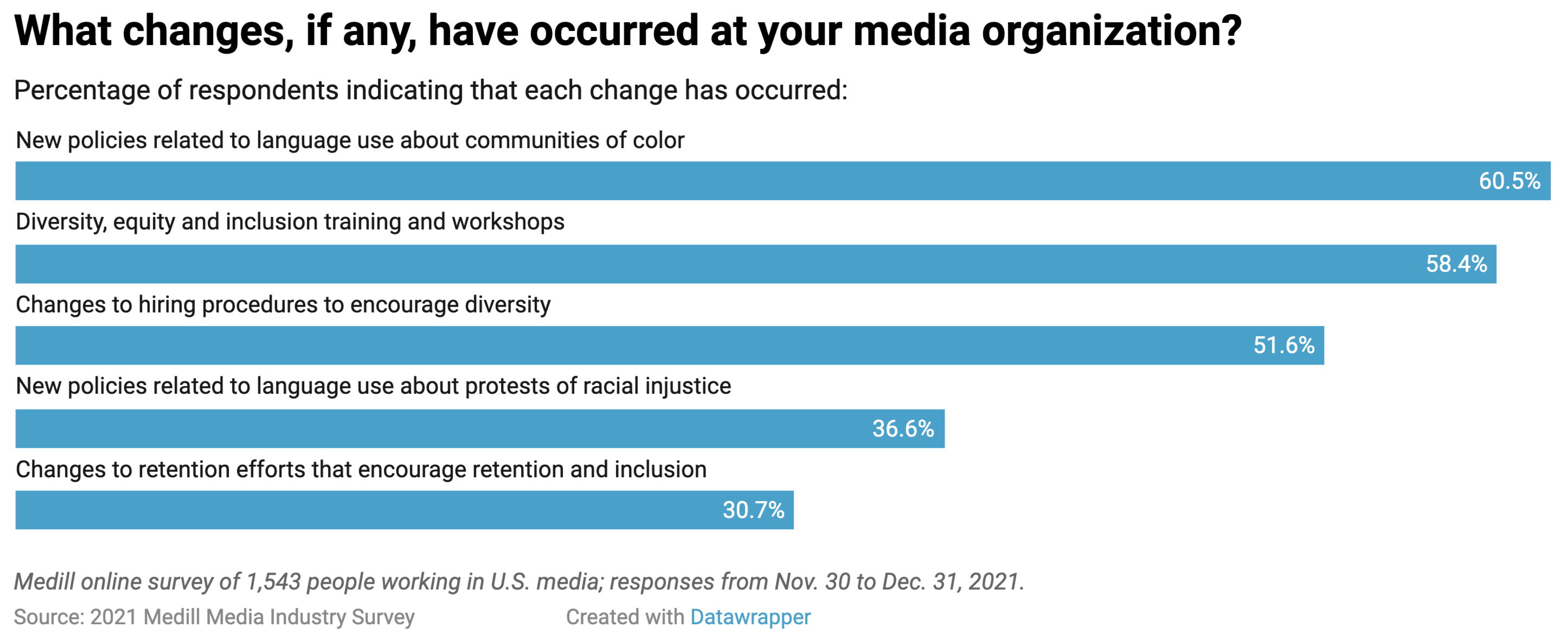
(Courtesy: Northwestern University’s Medill Local News Initiative)
The survey results indicate “a shift” may be occurring, Edgerly said. “A majority of people see diversity as a benefit, as a positive for the industry,” she said. “But digging in and committing to culture change in newsrooms will require more change, effort and support. There is still a lot more work to be done.”
RELATED TRAINING: Bring Poynter to your newsroom for custom teaching on race and equity
One difficulty in measuring progress is the lack of a baseline, Brown said. “There are more people at the table. A lot of people are thinking about ways to change,” she said. “But I don’t think they have a grip on the whole package that’s needed to change radically, which is what they pledged to do.”
The value of the survey data “is telling you how widespread these efforts are,” said Tom Rosenstiel, formerly executive director of the American Press Institute and now the Eleanor Merrill Visiting Professor on the Future of Journalism at the University of Maryland Philip Merrill College of Journalism. “Is it good they’re doing these things? Of course. The real question is what impact these efforts will have.”
Some experts on newsroom diversity efforts voice skepticism about the significance of the changes identified in the survey findings. “How deep are the cultural and institutional shifts going to be?” asked Martin G. Reynolds, co-executive director of The Robert C. Maynard Institute for Journalism Education. “We have a lot of people turning their backs on traditional news organizations because of the decades and decades of harm.”
Diversity in newsrooms has lagged the nation overall for generations, and newsroom employees still are more likely to be white and male than U.S. workers in general.
The Pew Research Center found that 77% of those who work as reporters, editors, photographers and videographers in the news business were non-Hispanic whites, according to an analysis of 2012-2016 American Community Survey data from the U.S. Census Bureau. Workers in all occupations were 65% non-Hispanic whites, a 12 percentage-point difference. About 61% of newsroom employees identified as men, more than the 53% level of all workers.
Reflecting these demographic findings, respondents to the Medill survey were predominantly white, at 86.9%. The survey results “represent what newsrooms look like,” Brown noted. “There’s a long history of inaction and inadequate action, so people of color tend to be less satisfied with the efforts of their organizations.”
RELATED TRAINING: Enroll in Building an Ethical Newsroom by March 1, 2022
The highest level of satisfaction was found among those working in TV news.
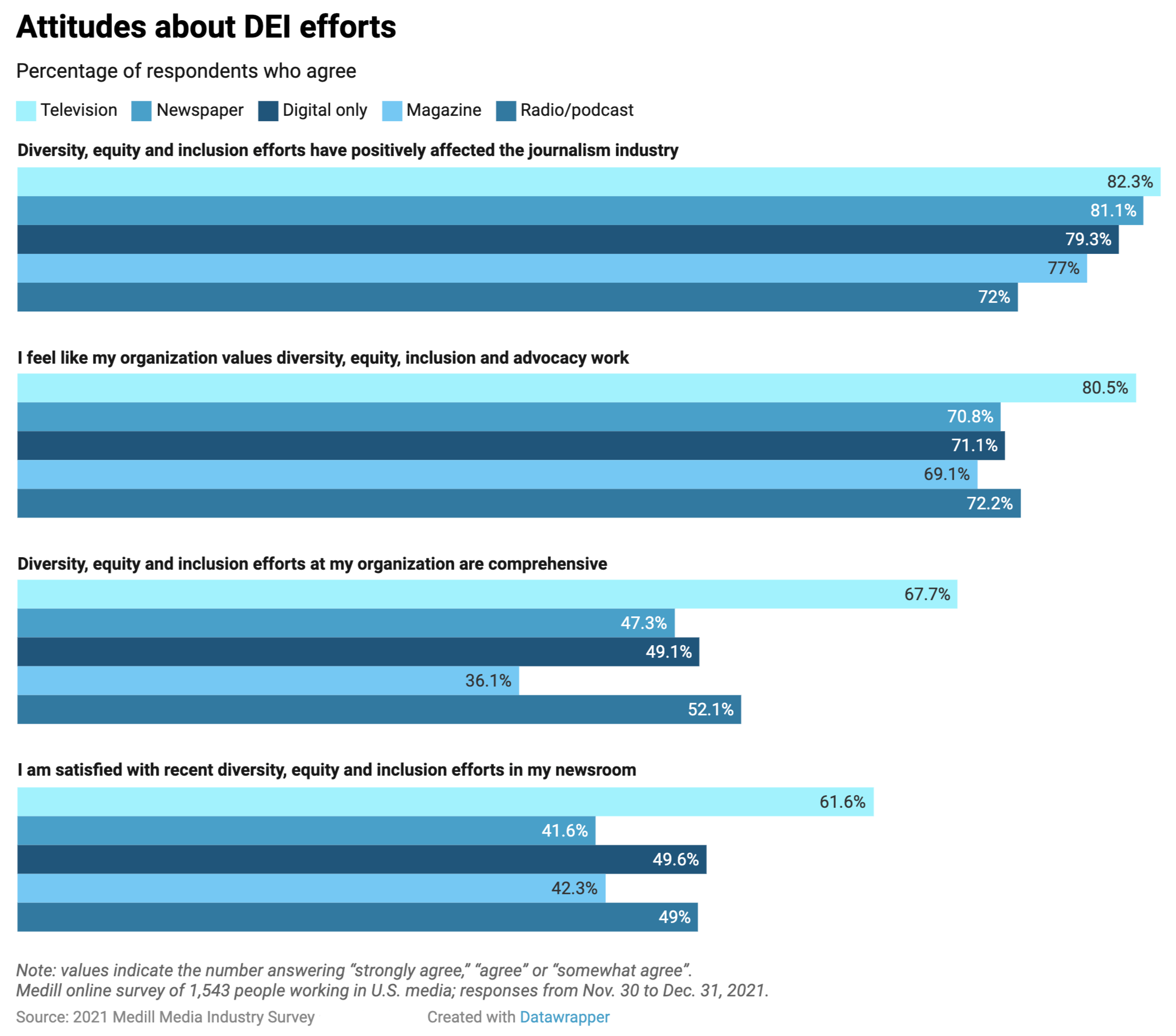
(Courtesy: Northwestern University’s Medill Local News Initiative)
Asked if their media organizations value diversity, equity, inclusion and advocacy work, 71% of the survey respondents overall agreed. Among television journalists, more than 80% agreed, and TV journalists were more likely than people working for other types of news organizations to agree that DEI efforts were comprehensive at their employers and that they were satisfied with DEI efforts in their newsrooms. TV news organizations also were more likely to have formal positions devoted to DEI and advocacy work, the survey found.
In some cases, TV executives recognize an opportunity to expand their audiences, said Dorothy Tucker, a veteran investigative journalist at CBS 2 Chicago who serves as president of the National Association of Black Journalists. “They’re looking at the bottom line,” she said. “If we devote some resources to these stories, at the end of the day our audience will increase.”
Tucker worries the uptick in diversity efforts at TV news organizations may not continue after “the next recession hits or financial pressures crop up,” she said. “Our (NABJ) members are feeling cautiously optimistic. Let’s hope it lasts.”
One indicator to watch is the future status of newsroom executives who recently were put in charge of DEI and advocacy work.
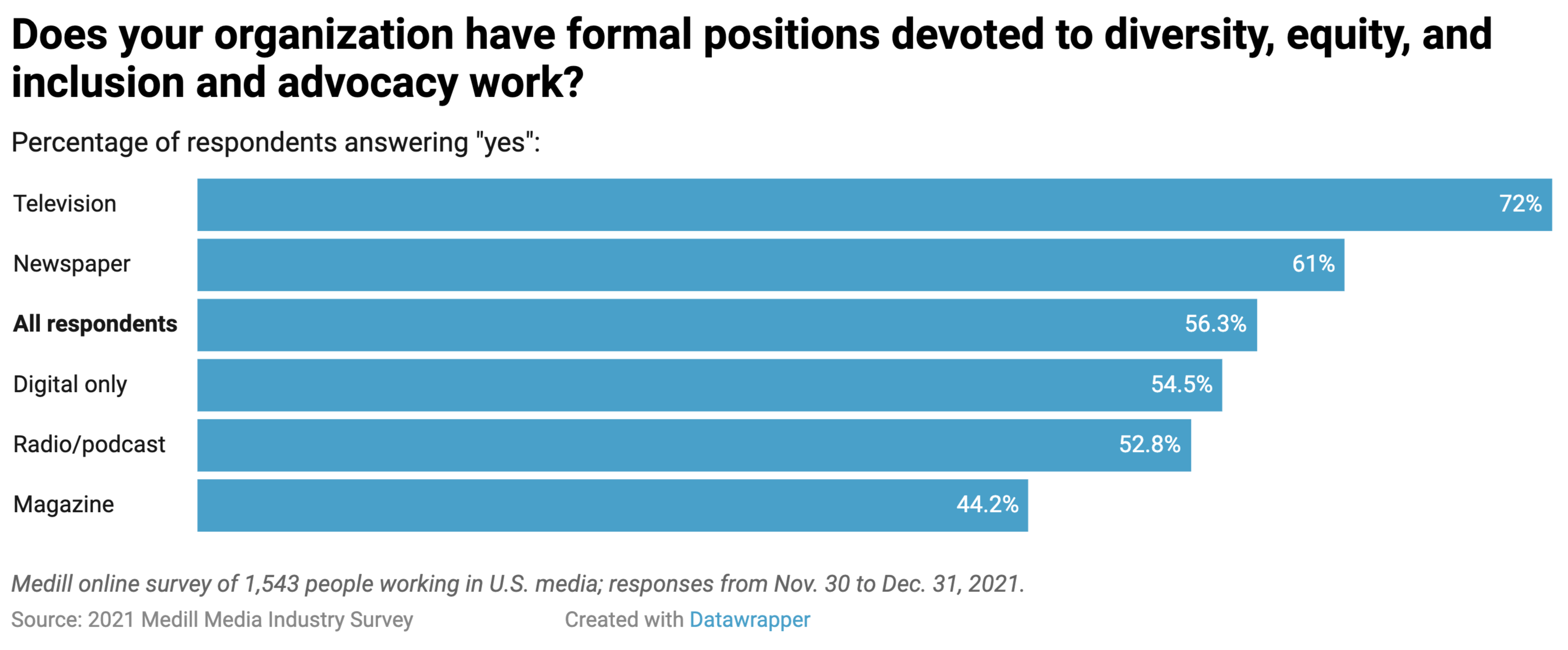
(Courtesy: Northwestern University’s Medill Local News Initiative)
After the murder of George Floyd on May 25, 2020, newsrooms came under pressure to make immediate changes, and some chose to appoint a head of diversity, noted Doris Truong, director of training and diversity at Poynter. But it isn’t clear those executives are being supported, as some work on DEI part-time, in addition to other duties, or in isolation from other staff.
“You can tell your stakeholders, ‘We have someone in charge of DEI,’ but what is that person equipped with?” Truong asked. “It’s not something one person can undertake.”
Similarly, hiring a reporter or team devoted to race could in the long run discourage deeper cultural change at news organizations, Truong said. “People who don’t see the importance of diverse sources might say, ‘Well, if you want me to interview that kind of person, that’s the race reporter’s job.’”
The staying power of diversity efforts could get a boost from changing economics, as news organizations become less dependent on big advertisers, Rosenstiel said.
While advertisers pushed newsrooms to tailor coverage toward the wealthier, white-collar audiences they wanted to reach, a business model increasingly dependent on subscriptions could encourage more inclusive coverage, Rosenstiel said, “For publications to survive on subscriptions, memberships and donations, they need to serve pockets and neighborhoods they’ve ignored for years and years.
Another indicator to watch, the experts say, is the demographic make-up of high-ranking decision-makers at news organizations. The journalism industry has repeatedly seen efforts to hire diverse talent fall flat when retention and promotion policies fail to change.
RELATED TRAINING: Apply for the Leadership Academy for Diversity in Media by Feb. 11, 2022
Even the predominantly white journalists who completed the Medill survey voiced doubts about newsroom efforts to encourage retention and inclusion of diverse colleagues. Just 30.7% of survey respondents said their organizations have made changes in that area, well below the numbers that expanded training and updated language policies, for instance.
The widespread layoffs that followed the financial crisis of 2008-09 took a toll on journalists of color who had been hired in diversity initiatives over the previous decade, Truong noted. After that, some newsrooms only became more diverse by default, as older, white journalists retired or left with buyouts. In some cases, the staff churn resulted in greater representation by journalists of color, but, as Truong said, “It doesn’t mean you’ve been actively recruiting, retaining and promoting them.”
As the news business continues to fragment, diverse journalists are making different choices about where they best fit. Traditional, mainstream news organizations that were long considered the industry’s top employers have more competition for talent from digital start-ups, non-profit news organizations and new media ventures pioneered by BIPOC (Black, Indigenous, people of color) entrepreneurs, according to Reynolds, of the Maynard Institute.
“What really needs to happen is that news organizations need to build cultures of belonging,” Reynolds said. “A lot of people feel they don’t belong. They feel they’re the only one there. Their stories and sources aren’t deemed as worthy. They’re not paid equitably. They’re mistreated as colleagues. How could you ever feel you belong?”
NABJ’s Tucker has seen journalists of color choosing to leave mainstream news organizations when they’re unable to get ahead. “They’re not as patient as we were,” Tucker said. “We waited it out. We believed that if we continued to do our job that someone would recognize us. Young people today are smarter than we are, and they’re saying, ‘No.’”
RELATED CONTENT: Subscribe to The Collective, a newsletter for journalists of color, by journalists of color
For proof that today’s diversity efforts are making a difference, count the African Americans in top management positions in newsrooms of the future, Tucker said. “It is still difficult for Black journalists to reach that level.”
For details about how the Medill Media Survey was conducted, please see this article. The survey will be the subject of a discussion at a Medill Centennial panel at 6 p.m. Central on Thursday, Feb. 3, featuring newsroom leaders of ABC News, The Wall Street Journal, the Los Angeles Times and Vox Media. Register online for this free event.




